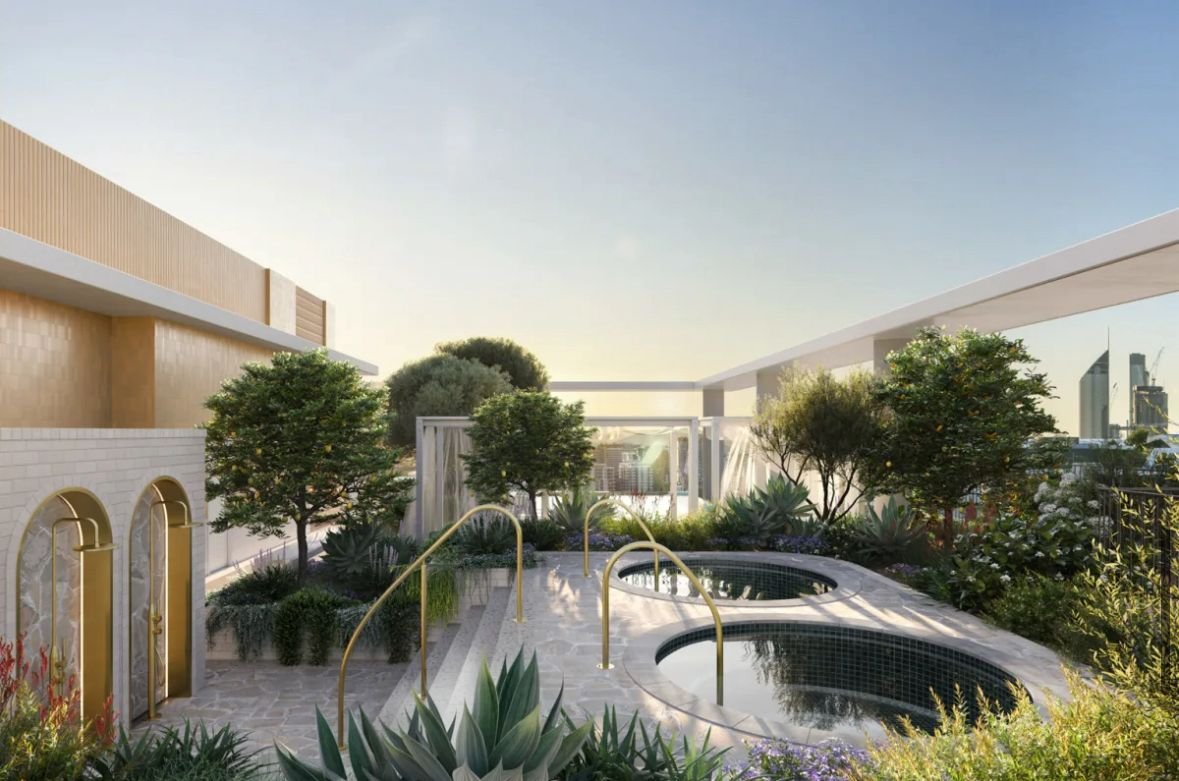The Rise of Wellness in Residential Homes: Trend or True Value?
Wellness is no longer confined to the gym or the yoga studio. It's moved into our homes — and not just in the form of an indoor plant or two. From infrared saunas and meditation zones to cold plunge tubs and salt therapy rooms, the rise of wellness-focused residential design is hard to ignore.
Whether you’re an owner-occupier or a renter, it’s clear that wellbeing has become a top priority in how people choose to live. The idea of a home as a sanctuary — a space that actively contributes to mental, physical, and emotional health — has taken root in mainstream design thinking, particularly in the post-COVID world. But as this trend gains momentum, it’s worth asking: Does wellness design actually add value to your property?
In new builds and high-end renovations, we’re seeing more developers and homeowners investing in wellness features:
Home gyms with integrated audio/visual setups
Dedicated meditation rooms
Infrared saunas
Cold plunge baths or outdoor ice tubs
Aromatherapy or sensory shower installations
Circadian lighting systems
Even yoga studios with calming interiors and soundproofing
These elements certainly make a statement, and they can create a strong emotional connection for certain buyers or renters. But there’s a fine line between creating a home that feels good — and overcapitalising on something highly personal.
So does wellness design add value? This is where things get interesting. While wellness features can create appeal and set a property apart in a crowded market, we’re not yet convinced they directly translate into higher sale prices.
Why? Because wellness is subjective. A buyer might love the idea of a meditation room — or they might see it as an awkwardly shaped spare bedroom. Similarly, a cold plunge tub might scream luxury to one person, and feel like a glorified trough to another.
At the end of the day, buyers still put value on location, layout, functionality, and good light — things that have long stood the test of time in property design.
If you’re renovating with wellness in mind, our advice is to keep your spaces versatile. Rather than building a “yoga room,” consider a well-lit multi-purpose space that could just as easily serve as a nursery, a home office, or a guest room.
In other words: avoid making your spaces too purpose-built. You want buyers (or renters) to walk in and see possibility, not pigeonholes.
A great example? Instead of building a dedicated gym with wall-to-wall mirrors and rubber flooring, consider a flexible rumpus or spare room with storage, good ventilation, and durable flooring. It can still function as a workout space — but it won’t limit your future buyer’s imagination.
Wellness is absolutely influencing the way we live — and that’s a good thing. But in property, it pays to look beyond the trend and consider long-term flexibility. Wellness is best delivered through thoughtful layout, natural light, fresh air, good insulation, and smart use of space — all of which contribute to comfort and livability without boxing you in to hot-right-now trends.
Whether you’re renovating to sell or just looking to upgrade your lifestyle, keep your spaces adaptable. That always holds more value.

